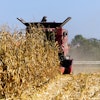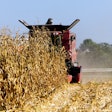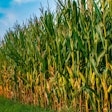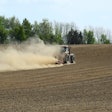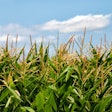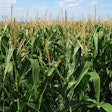
The U.S. Department of Agriculture maintained its forecast for 2025/26 U.S. soybean ending stocks at 295 million bushels in its June Oil Crops Outlook report released Monday, reflecting stability in the domestic market despite ongoing global shifts.
The unchanged domestic stocks projection comes alongside an increase in the season-average farm price forecast to $10.25 per bushel, up from $9.95 in the 2024/25 marketing year, signaling stronger returns for producers.
"Early planting progress and favorable conditions have established a solid foundation for the 2025 soybean crop," said Maria Bukowski, USDA economist. "Approximately 90 percent of the intended acreage was planted by early June, which is 2 percentage points above the five-year average."
The USDA's production forecast remains steady at 4.3 billion bushels based on 83.5 million planted acres and a trend yield of 52.5 bushels per acre. Current crop conditions are promising, with 68 percent rated good-to-excellent.
A record-high crush of 2.49 billion bushels is projected for 2025/26, up 70 million bushels from the previous year. This increase is driven by projected growth in domestic soybean meal demand and exports, supported by competitive pricing relative to alternative feed ingredients.
Soybean oil exports have shown significant strength, particularly to India, which accounted for 23 percent of total shipments between October 2024 and April 2025. This surge in exports has partially offset decreased domestic use for biofuel production.
Globally, ending stocks for 2025/26 are projected higher due to increased carryover from 2024/25, especially in China, where the soybean crush forecast was reduced by 1 million metric tons.
In related oilseed markets, the outlook shows higher rapeseed production in the European Union and increased sunflowerseed production in Argentina, while Malaysia is expected to see higher palm oil production.
U.S. cottonseed production forecasts were reduced by 90,000 short tons following excessive rainfall and delayed planting in the Delta region, affecting both harvested acreage and projected yields.

